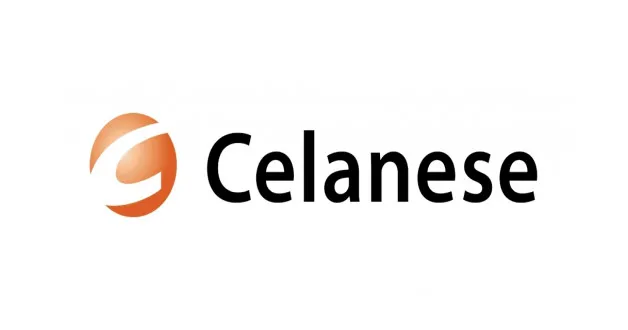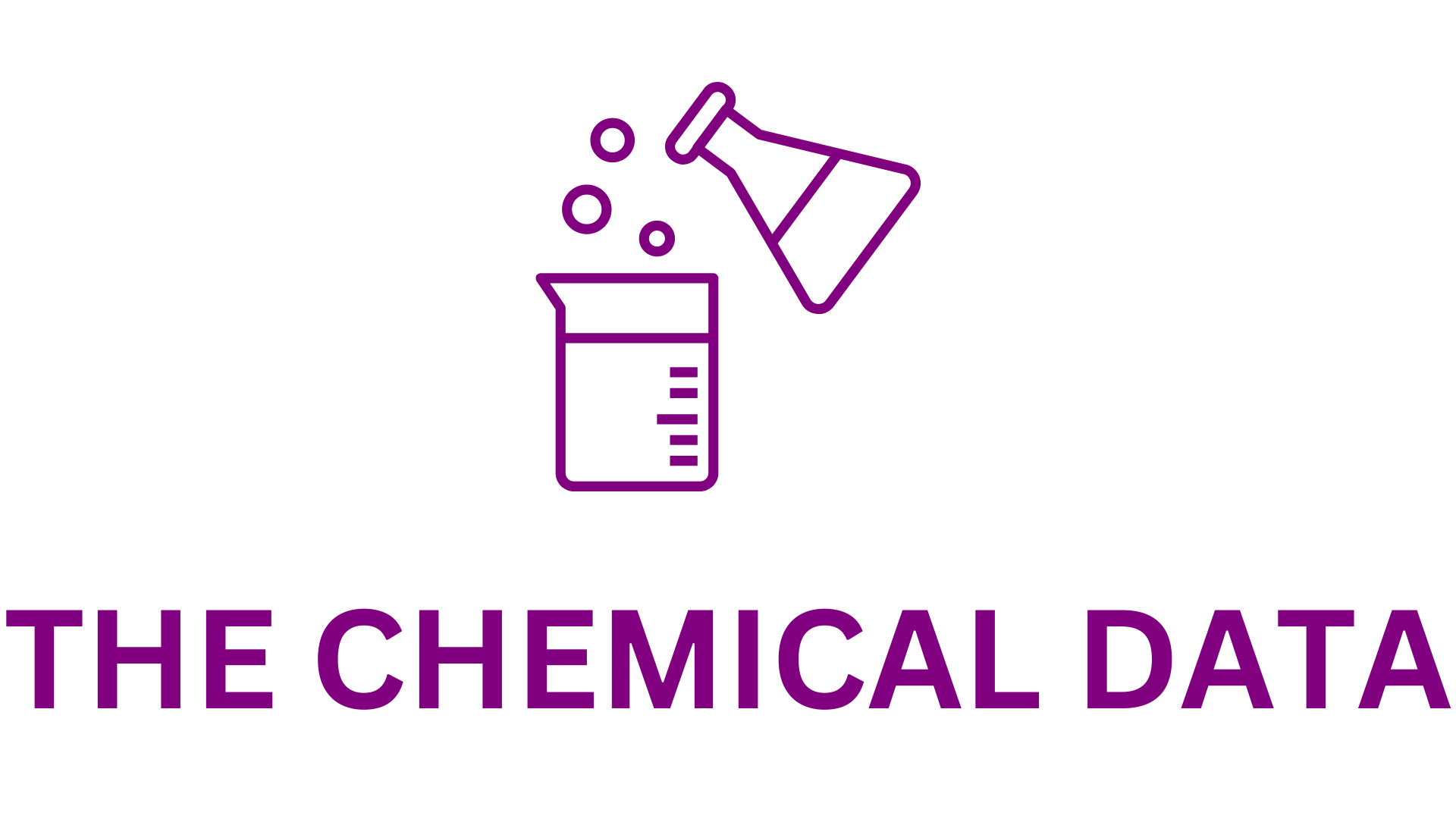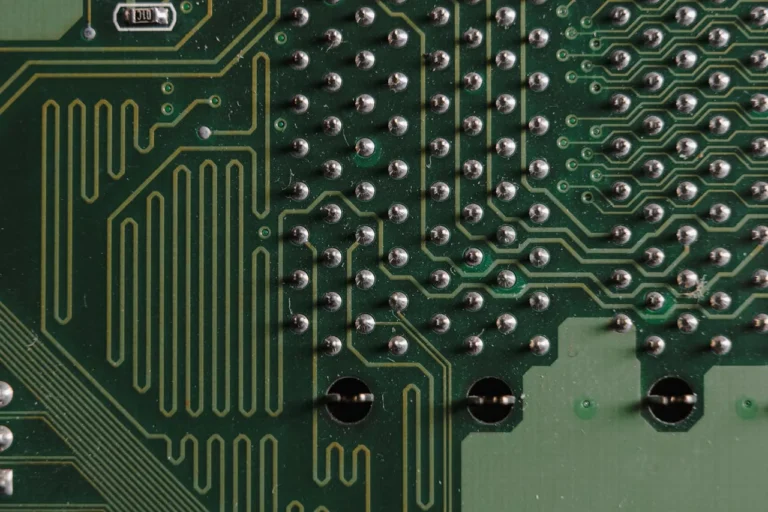
Celanese to Divest Micromax® Business in Strategic Push Toward Deleveraging and Enhanced Cash Generation
Celanese Corporation, a leading global chemical and specialty materials company, has announced a significant step in its ongoing strategy to optimize its business portfolio and financial structure. The company revealed its intention to divest its Micromax® line of advanced electronic materials, a move aimed squarely at accelerating debt reduction and strengthening cash flow generation. This strategic pivot is designed to align with Celanese’s broader financial goals and sharpen its operational focus.
Background on Celanese Corporation
Headquartered in Irving, Texas, Celanese is a Fortune 500 company with a diversified product portfolio spanning engineered materials, acetyl chain chemicals, and specialty polymers used in automotive, electronics, consumer goods, medical devices, and industrial applications. The company operates on a global scale, with production facilities and research centers in North America, Europe, and Asia. In recent years, Celanese has actively engaged in M&A activities to expand its materials solutions offerings, and this latest announcement marks a deliberate step toward streamlining its portfolio while maintaining long-term competitiveness.
The Strategic Rationale Behind the Divestment
According to Celanese President and CEO Scott Richardson, the divestiture of Micromax® is consistent with the company’s proactive strategy to deleverage its balance sheet and unlock value through focused asset management.
Richardson’s remarks highlight a fundamental shift in how Celanese is approaching its capital structure in a changing macroeconomic environment. Like many corporations emerging from a period of significant acquisition-led growth, Celanese is now turning its attention toward improving financial metrics such as free cash flow, debt ratios, and return on invested capital (ROIC). Divesting high-performing yet non-core assets such as Micromax® allows the company to reallocate capital more efficiently toward its higher-margin, faster-growing business segments.
A Closer Look at the Micromax® Business
The Micromax® product line has earned a global reputation as a provider of highly specialized electronic inks, pastes, and materials engineered for demanding applications. Expected to generate over $300 million in revenue by 2025, Micromax® serves as a core supplier to sectors requiring high-performance materials in harsh or technically complex environments.
The product portfolio includes:
- Conductive inks that enable the flow of electricity in printed electronics.
- Resistive and dielectric thick-film inks, essential for circuit board components.
- Low-Temperature Co-fired Ceramics (LTCC), used in multilayer circuit creation.
- Specialized materials tailored for aerospace, defense, medical monitoring, and navigation systems.
These materials are critical to the production of devices that demand reliability, miniaturization, and performance across extreme conditions. Industries such as aerospace, wearable health technology, and electric vehicles (EVs) have found these offerings indispensable, particularly as electronic integration becomes more widespread across platforms.
Market Trends and Growth Potential
From a macroeconomic standpoint, Micromax® is well-aligned with several long-term growth trends, making it an attractive asset for potential buyers. These include:
- The miniaturization of electronics: As consumer electronics and industrial systems grow smaller and more integrated, the demand for compact yet powerful circuit materials grows.
- Wearable and implantable medical devices: As digital health monitoring expands, materials like those provided by Micromax® become foundational.
- EV transition and autonomous driving systems: These vehicles require high-reliability materials to manage advanced driver-assistance systems (ADAS), battery management, and sensor integration.
Given these trends, Micromax® holds significant potential for expansion under a buyer that views it as a strategic growth engine rather than a non-core asset. For Celanese, however, the focus is on fortifying its balance sheet and streamlining its asset base—objectives that take precedence in the current economic cycle.
Strategic Portfolio Rebalancing
Celanese’s decision to divest a strong business such as Micromax® should be viewed in the context of its broader portfolio strategy. The company has made a number of acquisitions and divestments over the past decade to solidify its position in high-value segments. By offloading Micromax®, Celanese can increase operational focus on core verticals such as:
- Engineered Materials – polymers and composites with applications across automotive, consumer goods, and electronics.
- Acetyl Chain Products – including acetic acid, vinyl acetate, and derivatives used in solvents, coatings, and adhesives.
- Specialty Polymers – tailored materials for precision industries such as medical devices and 5G telecommunications.
Each of these areas aligns with the company’s vision to become a technology-forward materials science leader, capable of serving sophisticated supply chains and meeting sustainability goals.
Transaction Mechanics and Considerations
The divestment process is expected to undergo rigorous internal and regulatory review. While specific financial details and transaction structures have not yet been disclosed, Celanese has made it clear that the separation will hinge on several key conditions:
- Approval from the Celanese Board of Directors
- Necessary regulatory clearances, potentially including antitrust and international trade authorities
- Compliance with U.S. Securities and Exchange Commission (SEC) requirements
Celanese has retained Morgan Stanley & Co. LLC as the exclusive financial advisor for the transaction, signaling the deal’s strategic complexity and financial significance. Kirkland & Ellis LLP, a firm with deep experience in M&A and regulatory law, has been appointed legal counsel. These choices indicate that Celanese is seeking not just to divest an asset but to do so with precision, risk management, and shareholder returns top of mind.
There is no guarantee that the transaction will be completed, and the company has not committed to a timeline or form of sale. Options could include an outright sale to a strategic or private equity buyer, a spin-off into a standalone entity, or a carve-out followed by a public offering.
Investor and Industry Reaction
The market has largely viewed the announcement positively, interpreting the move as evidence of Celanese’s commitment to fiscal discipline and long-term value creation. Institutional investors, particularly those focused on industrials and specialty chemicals, have increasingly emphasized the importance of deleveraging following an era of low interest rates and acquisition-fueled growth.
Celanese’s share price responded with moderate gains following the announcement, signaling investor confidence that the company can execute the transaction efficiently while maintaining momentum in its remaining businesses.
Industry analysts have echoed this sentiment, noting that while Micromax® is a strong performer, it operates somewhat outside Celanese’s evolving focus areas. With high-growth expectations, particularly in electronics and aerospace, the business could fetch a premium valuation from a buyer more directly engaged in electronic materials.
What This Means for Celanese
Should the divestment proceed as planned, the impact on Celanese could be significant across several dimensions:
- Debt Reduction: Proceeds from the sale can be used to pay down outstanding debt, improving financial ratios and potentially lowering interest expenses.
- Capital Allocation: Freed-up capital can be redirected into R&D, digitalization, or strategic acquisitions in areas better aligned with Celanese’s core strengths.
- Organizational Focus: A leaner portfolio enables tighter management control and a clearer focus on innovation, customer value, and operational efficiency.
While divesting a business as strong as Micromax® may appear counterintuitive to some observers, it is emblematic of a larger trend among global chemical firms—namely, the shift toward simplified portfolios that deliver higher returns with lower operational complexity.
Final Thoughts
The decision by Celanese Corporation to divest its Micromax® advanced electronic materials business underscores a broader shift toward financial discipline and operational clarity in the specialty chemicals industry. As global market dynamics evolve, particularly amid tightening capital markets and growing emphasis on sustainable growth, companies are increasingly compelled to reassess their portfolios with a sharper lens.
For Celanese, the Micromax® divestiture—if successfully completed—will represent a strategic milestone. It reflects a commitment to debt reduction, a focus on core capabilities, and a vision for long-term shareholder value creation.
While uncertainties remain around timing and structure, the company has assembled a high-profile advisory team and appears poised to execute the transaction with precision. As the industry watches closely, Celanese’s next steps could set a precedent for other global materials firms navigating similar crossroads between innovation and financial prudence.







